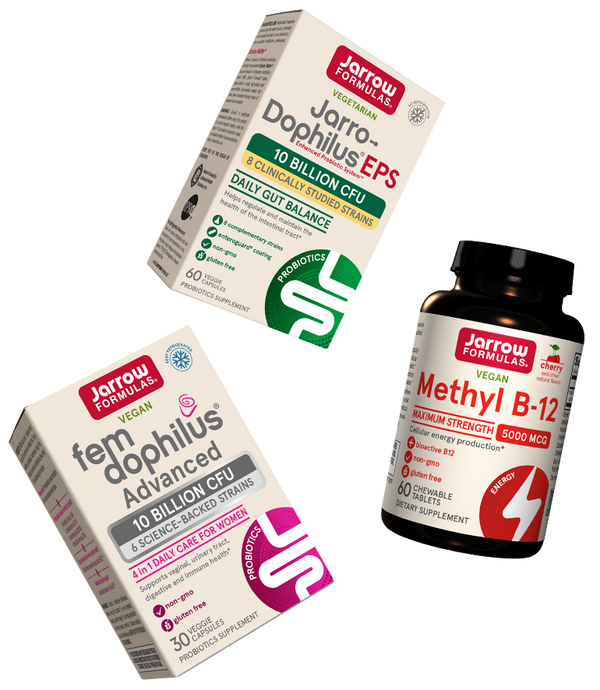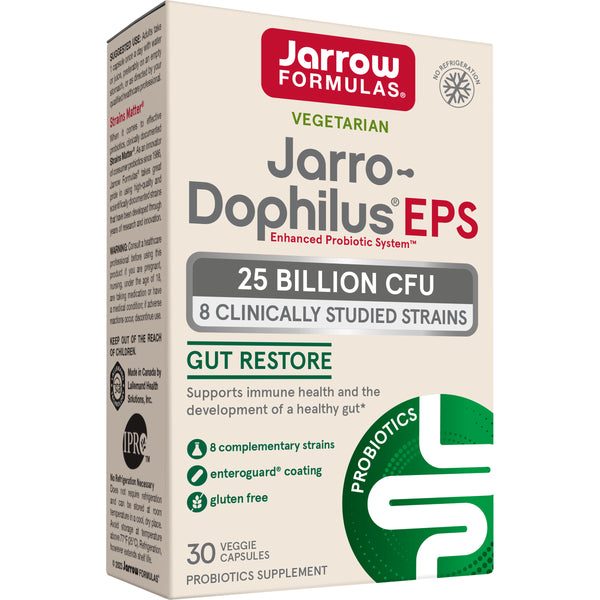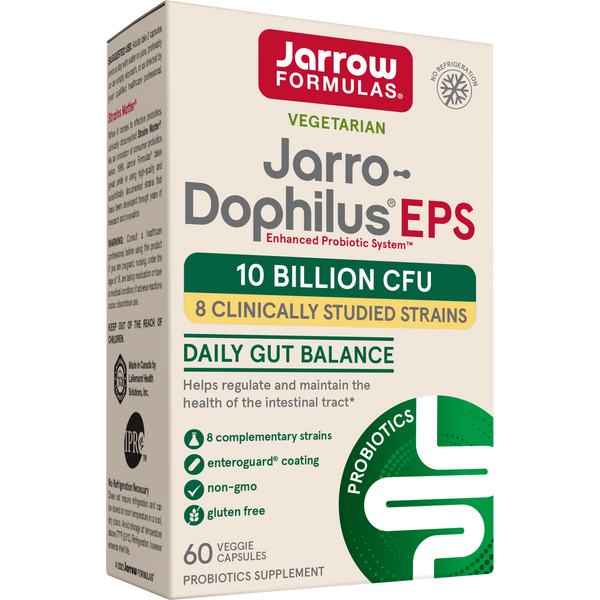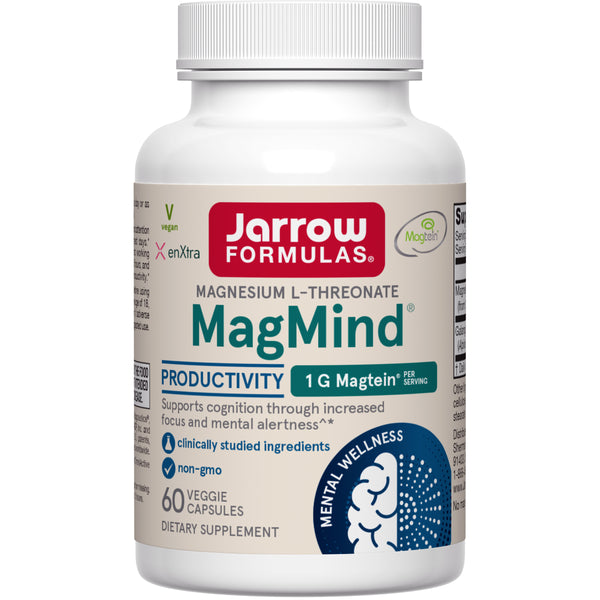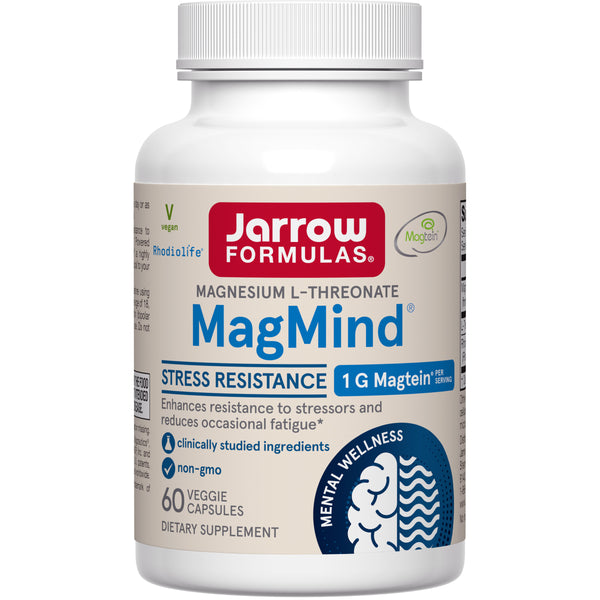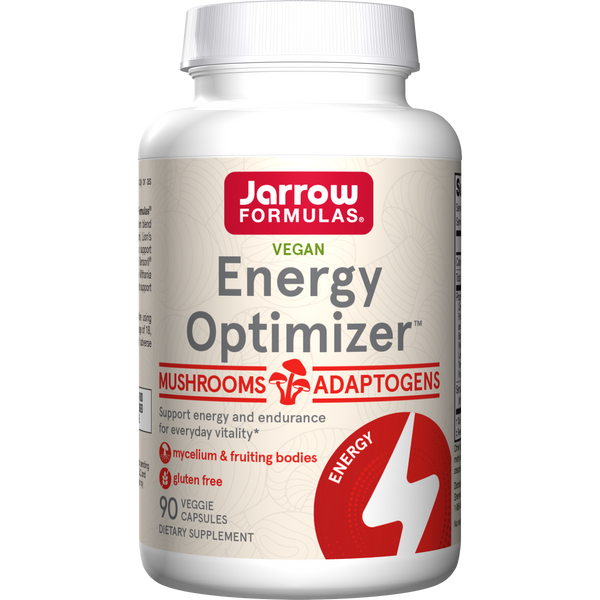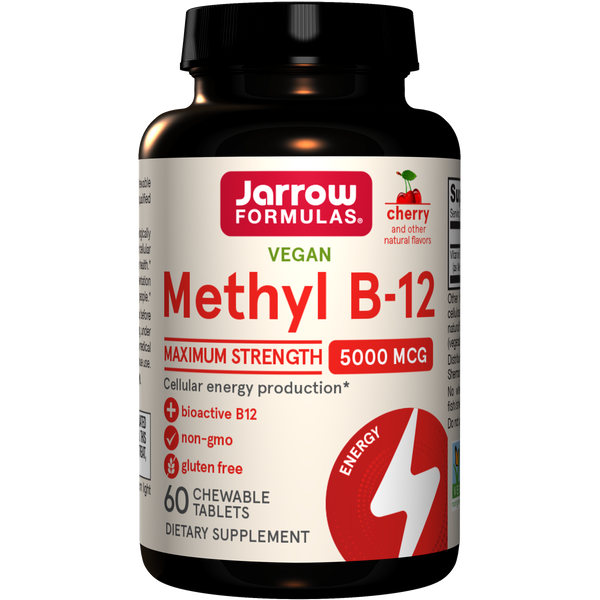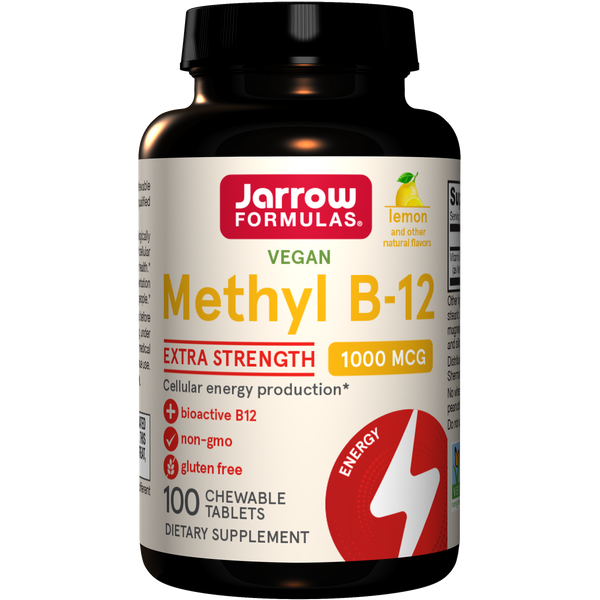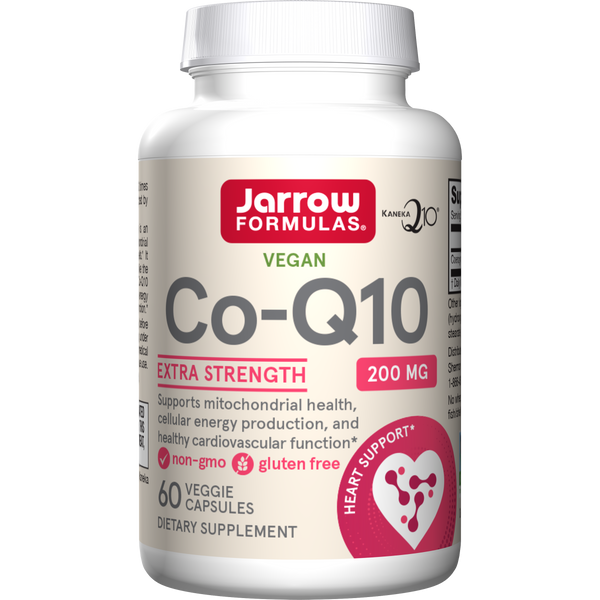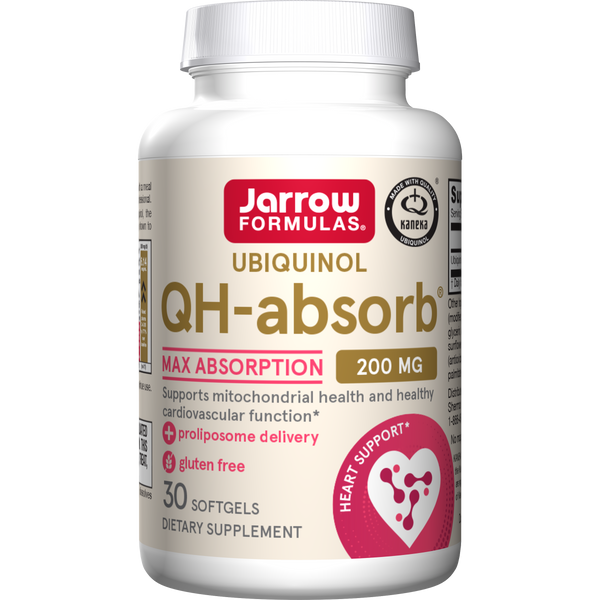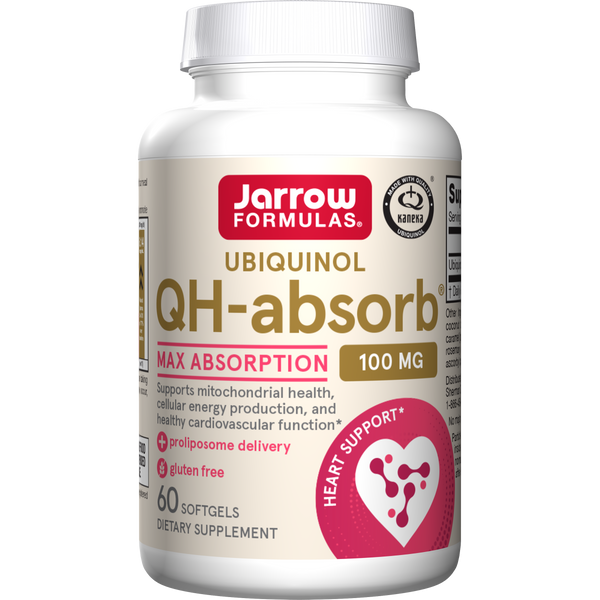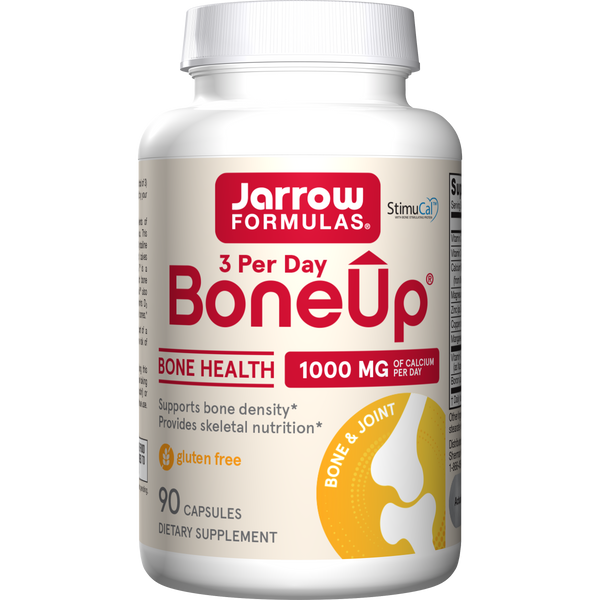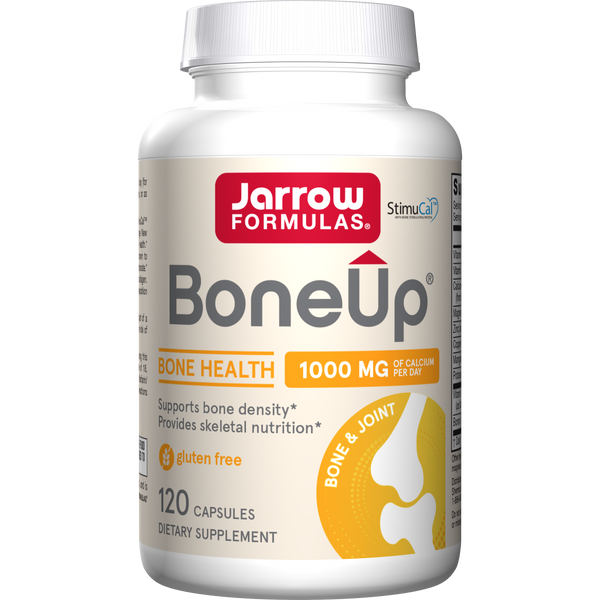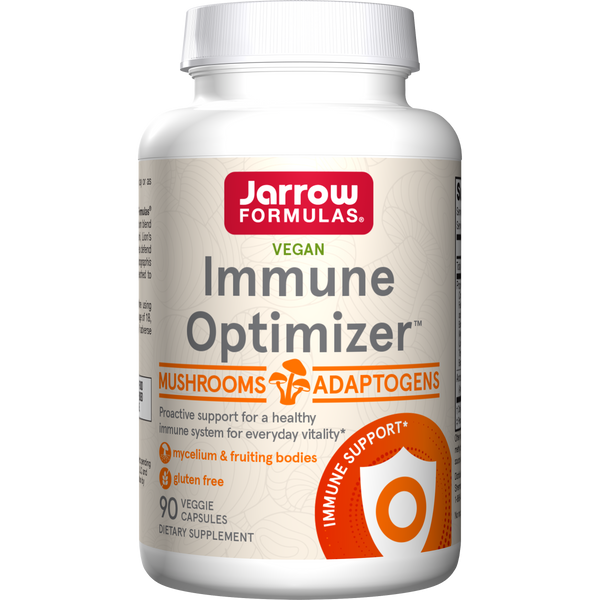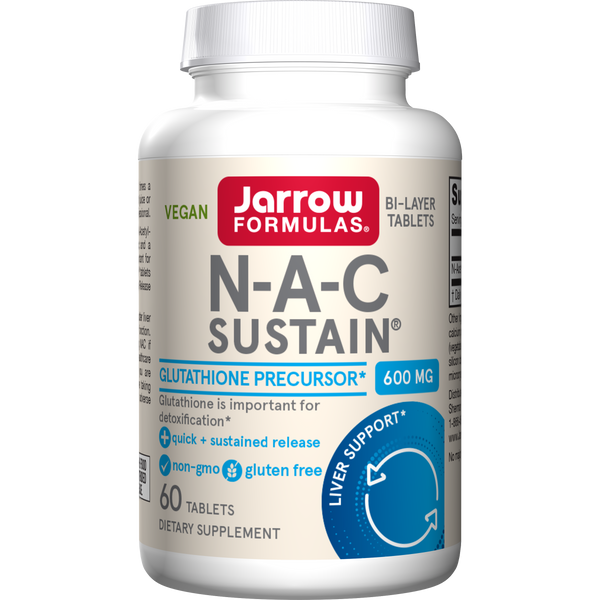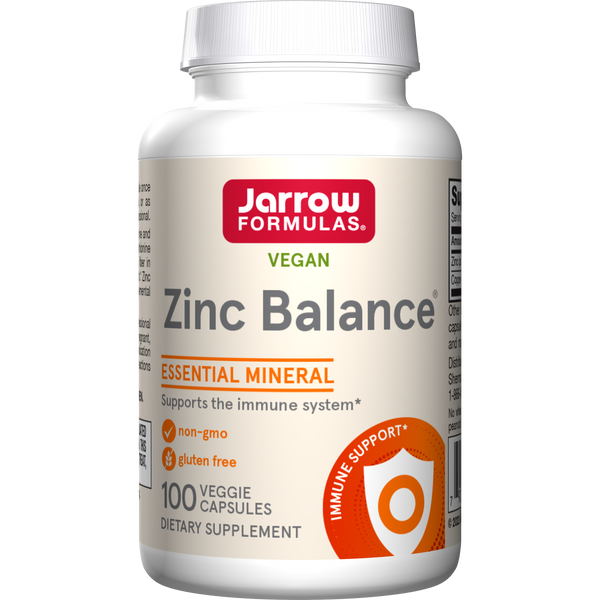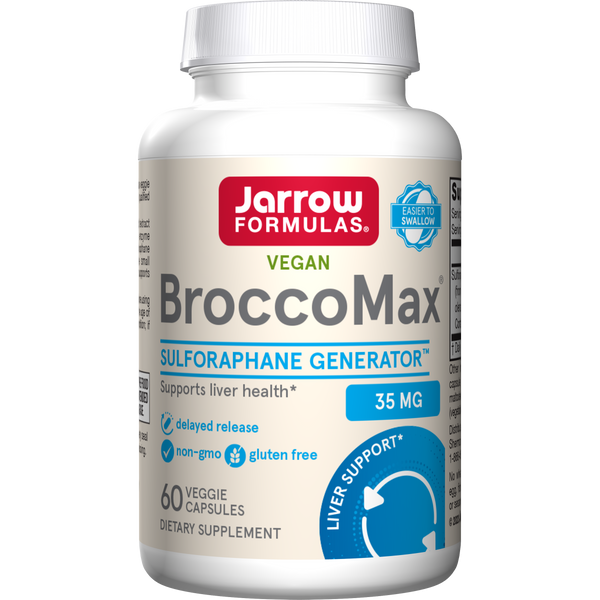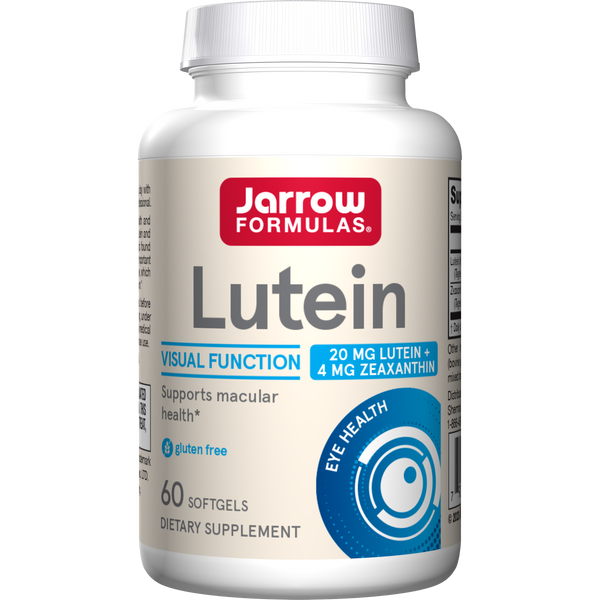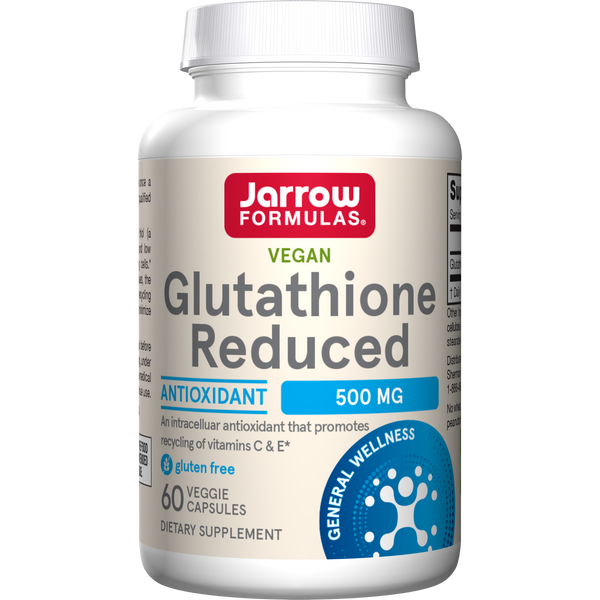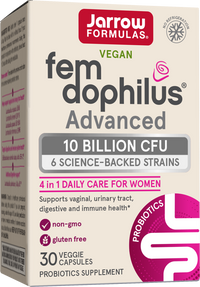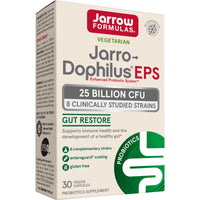Smart Supplementing For Bone Health
By Ken Babal, C.N.
Calcium supplements are among the top selling dietary supplements, and most consumers know that calcium is important for strong bones. But are calcium supplements alone enough to protect against bone loss? What is often overlooked, even by many doctors, is that calcium cannot be utilized properly if the body is lacking key vitamin and mineral cofactors. If these nutrients are in short supply, healthy bone building will be hindered and calcium may deposit inappropriately in soft tissues such as skin, arteries, muscles and kidneys. Therefore, for optimal skeletal health, bone supplements should provide synergistic nutrients in a comprehensive formulation.
Bones are Living Tissue
Contrary to what some people think, bone is not a hard and lifeless substance. It is living tissue that is continuously renewed throughout life, reaching peak mass around age thirty. Later in life, bone tissue begins to break down faster than new bone can be formed due to an imbalance in bone remodeling. Remodeling is accomplished by cells known as osteoclasts, which resorb aging bone tissue, and osteoblasts, responsible for building new bone. If the process is unbalanced and bone loss occurs, fracture risk increases.
Achieving optimal peak bone mass is important for reducing the risk of fracture later in life. Irrespective of age, three critical factors must be addressed to protect skeletal health throughout life. They include diet and supplements, weight-bearing exercise, and hormone balance. Bone loss caused by inactivity is evident in people who are bedridden as well as in astronauts experiencing zero gravity. Just as a muscle gets bigger and stronger the more you use it, a bone gets stronger and denser when worked.
Which Form of Calcium is Best?
Calcium is one of the minerals most often lacking in the American diet. Compared to other minerals, calcium is required in relatively large amounts. For adults, the Recommended Dietary Allowance (RDA) is 1,000 mg/day from all sources (food and supplements). Various forms of calcium are found in supplements, and there is much debate over which is best. In terms of absorption, various calcium salts (carbonate and citrate, for example) are absorbed about the same when taken with food.1 Calcium citrate is often touted as a superior form because it can be absorbed equally well without food.
One type of calcium that stands out is microcrystalline hydroxyapatite (MCHA), the same form of calcium found in our bones. Derived from Australian and New Zealand range-fed cattle, it provides everything indigenous to our own bones including calcium, phosphorous, collagen (a protein) and trace minerals.
Unlike ingesting calcium salts, MCHA does not spike the level of calcium in the blood. Instead, it produces a more prolonged calcium balance. A clinical study showed that peak blood calcium levels four hours after consuming MCHA (StimuCal™) were 50 percent lower than after consuming the same dose of calcium carbonate or calcium citrate.2 While MCHA delivers calcium without the spike in blood levels, it makes no sacrifices in effectiveness. In fact, multiple clinical studies have shown MCHA supplementation to be more effective than supplementation with calcium carbonate at supporting bone mineral density and reducing bone loss in adults.3
Bones Need More than Calcium
Most drug store brands of calcium include vitamin D but are missing other important cofactors, such as magnesium and vitamin K. Like calcium, magnesium is stored predominately in bone. In addition, magnesium is involved in more than 300 chemical reactions in the body.
Unfortunately, surveys indicate that many people do not get enough magnesium. Supplemental magnesium can be taken in various chemical forms, including citrate and oxide. Absorption rates differ depending on the mineral’s solubility. However, a lower rate of absorption can be made up for simply by taking more of the mineral. Although less soluble than citrate, magnesium oxide is denser and less bulky, making it possible to increase the supplemental dosage without increasing the number of pills in the serving size.
Magnesium absorption is controlled by negative feedback, which means its uptake is dependent upon the body’s need for it. For example, absorption varies from 65 percent in people with low magnesium stores to 11 percent with high magnesium stores.4 A randomized, controlled study found that magnesium oxide supplementation (300 mg.) in teen girls significantly improved bone mineral content compared to placebo after one year.5
Calcium and magnesium both depend on vitamin D for absorption in the small intestine. Vitamin D can be synthesized in the skin upon exposure to sunlight. However, people may lack vitamin D because they spend little time outdoors, are clothed when outdoors, and often wear sunblock on sun-exposed skin. Unlike other vitamins, vitamin D is found naturally in only a few foods, such as some fatty fish (mackerel, salmon, sardines) and eggs from hens that have been fed vitamin D.
Although it has long been known that severe vitamin D deficiency has serious consequences for bone health, research suggests that less obvious states of vitamin D inadequacy are common and increase the risk of many other health problems. Vitamin D3 (cholecalciferol) is the most bioavailable form of vitamin D in supplements, and is converted by the subsequent actions of the liver and kidneys to calcitrol, the biologically active form of vitamin D.6
Anyone seeking stronger bones can benefit from vitamin K. Natural vitamin K exists in two forms as K1 (found in leafy greens) and K2 (found in meat, cheese and eggs). While many people associate this vitamin with healthy blood coagulation, this is not all it is good for. Research demonstrates that vitamin K2 influences where calcium goes in the body.
It seems paradoxical that people can have harmful calcium deposits in their arteries while the calcium content of their bones is decreasing. But without sufficient vitamin K2, calcium regulation is disrupted, which can result in calcification of arteries and less calcium being deposited in bone.7,8 MK-7 (menaquinone-7) is the bioactive form of vitamin K2 found naturally occurring in natto, a Japanese fermented soyfood. MK-7 is ten times better absorbed than K1 from spinach and is responsible for the carboxylation of specific bone proteins needed for building bones.9
The role of vitamin C in bone health is often overlooked. Unlike most mammals and other animals, humans do not have the ability to make ascorbic acid and must obtain vitamin C from the diet or supplements. Vitamin C functions as an essential cofactor in numerous enzymatic reactions, for example, in the biosynthesis of collagen, and as a potent antioxidant. Symptoms of vitamin C deficiency, such as bruising easily, appear to be related to the weakening of blood vessels, connective tissue, and bone, which all contain collagen. Collagen is a fibrous protein that is the basis for the structure of skin, tendon, bone, cartilage and all other connective tissue. Some evidence suggests that vitamin C intake might be related to bone mineral density in men and premenopausal women. In postmenopausal women who use estrogen and smoke, higher vitamin C levels might reduce fracture risk.10
Potassium is essential for healthy blood pressure but also helps maintain our acid-base balance. Recent studies suggest that too many grains and baked goods may lead to bone loss by creating an acid load. When tissues become overly acidic, calcium is pulled from the bones to neutralize it. Potassium citrate in particular appears to boost bone density by neutralizing excess acid in the body. Swiss researchers gave 169 subjects either a placebo or enough potassium citrate to supplement their diets with 2,400 mg. of potassium a day. After two years, the potassium takers had higher spine, hip, arm and leg bone density than the placebo takers.11 When U.S. researchers gave men and women either a placebo or potassium citrate, those taking the potassium lost less calcium.12
What about Strontium?
Strontium is a mineral that has been researched for reducing bone fracture risk. Most of the research as a bone builder originates from its usage as a drug in Europe. Strontium is also available as a dietary supplement in the United States, and occurs naturally in food and the body. Strontium supplements, however, are not simply “supplementing” the diet but are providing pharmacological doses of the metal. The effect that it has on bone growth is due to its ability to substitute for calcium in bones and enzymes. However, this does not qualify it as a nutrient. Lead, for example, is not a nutrient, but can also substitute for calcium in bones, and can also increase bone mineral density.13 Thus, strontium supplementation may cause bone to artificially appear denser.
While it’s possible that substitution of strontium for calcium in bones may have some desirable effects, substitutions elsewhere may not. Calcium functions not only in bone but also plays important roles in cellular signal transduction, neurotransmitter release, muscle contraction and electrical conduction in the heart muscle. Though trace amounts of strontium occur naturally in hydroxyapatite, it is not found in the diet at levels anywhere near what is being promoted in supplements. The long-term safety of such supplements has not been evaluated, and it could take years, if at all, to lose strontium from bones after supplementation is stopped.
Bone Health Research
Decades of scientific research have established that micronutrients calcium, magnesium, potassium and vitamins C, D and K all play critical roles in building and maintaining bone density. But how do the particular forms discussed here perform together? There is evidence that the combination does indeed produce measurable results. In a published clinical trial, subjects supplementing with the multinutrient formula plus a resistance exercise regimen, versus a placebo plus exercise group, showed statistically significant positive changes in blood and urinary markers of bone metabolism in just eight weeks.14 While encouraging, it is important that research continues, and supplement formulators stay up to date on the latest emerging science. For example, milk basic protein (MBP) may activate bone formation and regulate bone resorption.15 Silicon could provide additional support for bones because it is associated with collagen formation, which forms the lattice required for calcium deposition and new bone.
Bone supplements are not alternatives to drugs, such as the bisphosphonates, that are commonly prescribed to treat osteoporosis. The drugs inhibit bone resorption but have no ability to build new bone. Therefore, the use of such drugs does not preclude the body’s need for bone-building nutrients.
Ken Babal has a clinical nutrition practice in Los Angeles and has written over 500 articles that have appeared in numerous publications, including Whole Foods Magazine, Well Being Journal and Townsend Letter.
References
1. Heaney RP, Calcium supplements: practical considerations. Osteoporos Int. 1991 Feb; 1(2): 65-71.
2. Reid, I.R., Bristow, S., Effects of StimuCal, calcium citrate, and calcium carbonate on serum calcium markers of bone turnover in postmenopausal women. A randomized controlled trial. Bone and Joint Research Group, Department of Medicine, Faculty of Medical and Health Sciences. The University of Auckland, New Zealand, 2012.
3. Musson, D.S., et al., Preliminary study on the role of StimuCal on the growth and differentiation of primary rat osteoblasts cultured in 3D. Bone and Joint Group University of Auckland, New Zealand, 2012.
4. Firoz M, Graber M. Bioavailability of US commercial magnesium preparations. Magnes Res 2001; 14:257-62.
5. T.O. Carpenter, et al. A randomized controlled study of effects of dietary magnesium oxide supplementation on bone mineral content in healthy girls. Journal of Clinical Endocrinology & Metabolism, 2006; 91(12): 4,866-4,872.
6. Arnas LAG, Heaney RP, Hollis BW. Vitamin D2 is much less effective than vitamin D3 in humans (abstract OR22-2). The Endocrine Society 86th Annual Meeting, June 16-19, New Orleans, LA.
7. Beulens JW, Bots ML, Atsma F, et al. High dietary menaquinone intake is associated with reduced coronary calcification. Atherosclerosis 2009; 203:489-93.
8. Jie KG, Bots ML, Vermeer C, et al. Vitamin K status and bone mass in women with and without aortic atherosclerosis: a population-based study. Calcif Tissue Int 1996; 59: 352-6.
9. Douglas AS, Robins SP, Hutchison JD, et al. Carboxylation of osteocalcin in post-menopausal osteoporotic women following vitamin K and D supplementation. Bone 1995; 17: 15-20.
10. Simon JA, Hudes ES. Relation of ascorbic acid to bone mineral density and self-reported fractures among US adults. Am J Epidemiol 2001;154:427-33.
11. Sigrid J, et al. Effect of potassium citrate on bone density, microarchitecture, and fracture risk in healthy older adults without osteoporosis: a randomized controlled trial. Journal Clinical Endocrinology & Metabolism, November 15, 2002 jc2012-3099
12. Kendall M, et al. Potassium citrate supplementation results in sustained improvement in calcium balance in older men and women. 15 FEB 2013 J. Bone Miner. Res. DOI: 10. 1002/JBMR. 1764.
13. Escribano A, et al. Effect of lead on bone development and bone mass: a morphometric, densitometric, and histomorphometric study in growing rats. Calcif Tissue Int. 1997 Feb; 60(2): 200-3.
14. Robert A. Disilvestro, Bethany Crawford, Wenyi Zhang, and Sid Shastri. Effects of micronutrient supplementation plus resistance exercise training on bone metabolism markers in young adult woman 2007, Vol. 16, No. 1 , Pages 26-32 (doi:10.1080/13590840701343673) Human Nutrition, The Ohio State University
15. Seicihiro A. et al. Controlled trial of the effects of milk basic protein (MBP) supplementation on bone metabolism in healthy adult women. Biosci. Biotechnol. Biochem., 65 (4), 913-918, 2001.
